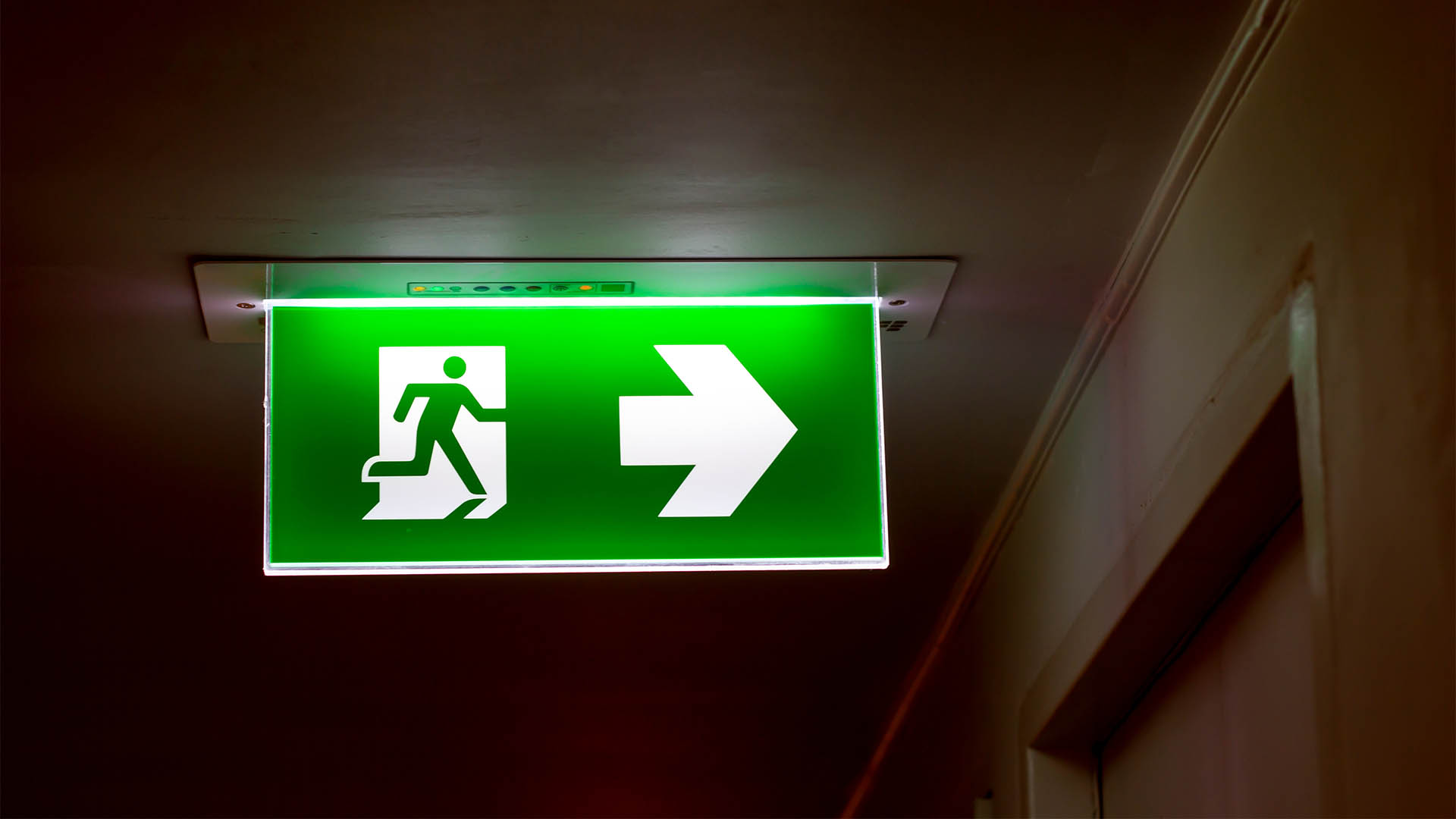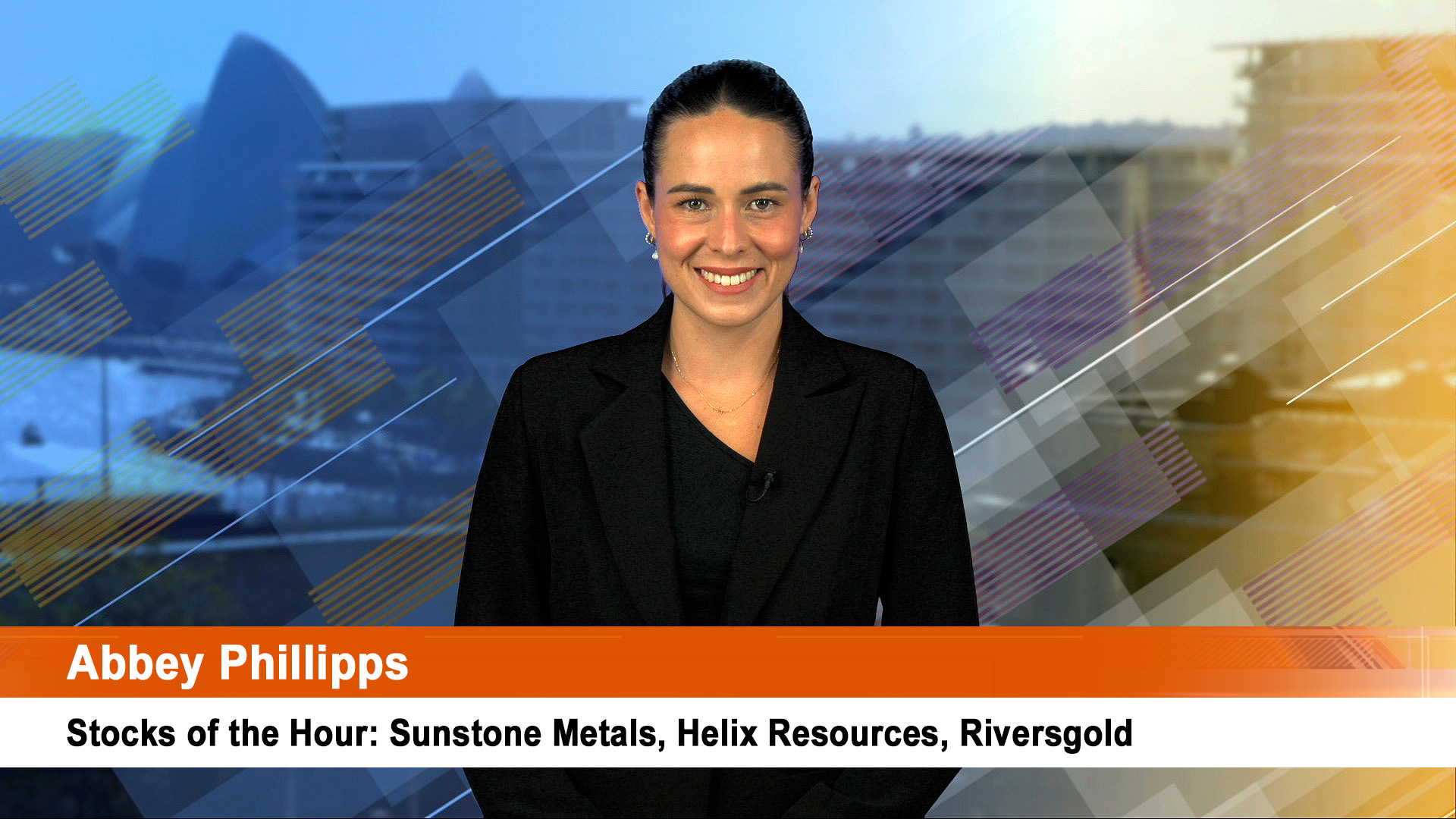No real change in the jobs market in May with little sign the downturn in confidence among consumers after the federal budget has impacted jobs growth.
In fact the jobs market remains sluggish, with an underlying weakness that pre-dated the budget in some areas, such as workforce participation which again eased in May.
The Australian Bureau of Statistics figures for May, released yesterday, show a fall of 4,800 jobs in May, while the market had been expecting from 5,000 to 10,000.
Full-time employment rose 22,200, seasonally adjusted, indicating some strength in demand for labour, the biggest monthly rise since February.
But that rise was more than offset by a 27,000 drop in part-time workers.
That hints at a possible weakening in business demand for labour because part time workers are usually the first to be cut when demand weakens, and the first to be hired when demand strengthens.
The unemployment rate also remained at 5.8% for a third month in a row, indicating an underlying strength.
Also indicating that strength was a 1.7%, 26.5 million hour rise in the number of hours worked in the month.
But helping keep the jobless rate steady was a small fall in the participating rate to 64.6% which tells us people stopped looking for work in the month. They could have been discouraged by the budget, but we don’t know.
Jobs market still sluggish, marking time

The steady jobless rate came despite a rise in the country’s biggest state, NSW, increasing to 5.7% from 5.4%.
In fact the fall in employment was mainly due to a 22,000 fall in employment in NSW in the month. That undid the big rise in job numbers in NSW in the first quarter of this year.
It also jumped to 6.8% from 6.2% in South Australia and to 5% from 4.9% in Western Australia.
However, in Victoria it fell to 6.2% from 6.4%, in Queensland it eased to 6.2% from 6.3% and in Tasmania it declined to 7.5% from 7.6%.
It also fell in the Northern Territory while it was unchanged at 3.3% in the ACT.
Queensland and Victoria had employment growth, while South Australia lost 4,000 jobs and Western Australia was mainly flat.
There’s no sign yet that the fall in consumer confidence and retail spending that has hit some retailers (RCG Corp, Noni B, Flight Centre and The Reject Shop) has started damaging the demand for labour.
The ANZ job ads survey for May showed a sharp 5.6% fall because of a 6% drop in the number of internet ads.
If there is any impact on job creation from the budget-induced fall in consumer confidence (which has remained weak in the June report this week), then it should start showing up in the June labour force data in a month’s time.
The AMP’s chief economist Dr Shane Oliver says that, "More broadly, the unemployment rate of 5.8% continues to significantly understate the weakness in the jobs market seen in recent years.
"If the participation rate had remained at its 2011 average level the unemployment rate would now be 7%. Perhaps more significantly, the labour force underutilisation rate which takes account of unemployed and underemployed workers remains very high at 13.5%.
"Looking forward, while the hit to confidence from the Budget has increased the level of uncertainly, forward looking indicators for the labour market including the ANZ job ads survey and employment intentions in the monthly NAB business survey point to stronger jobs growth ahead," Dr Oliver said.













